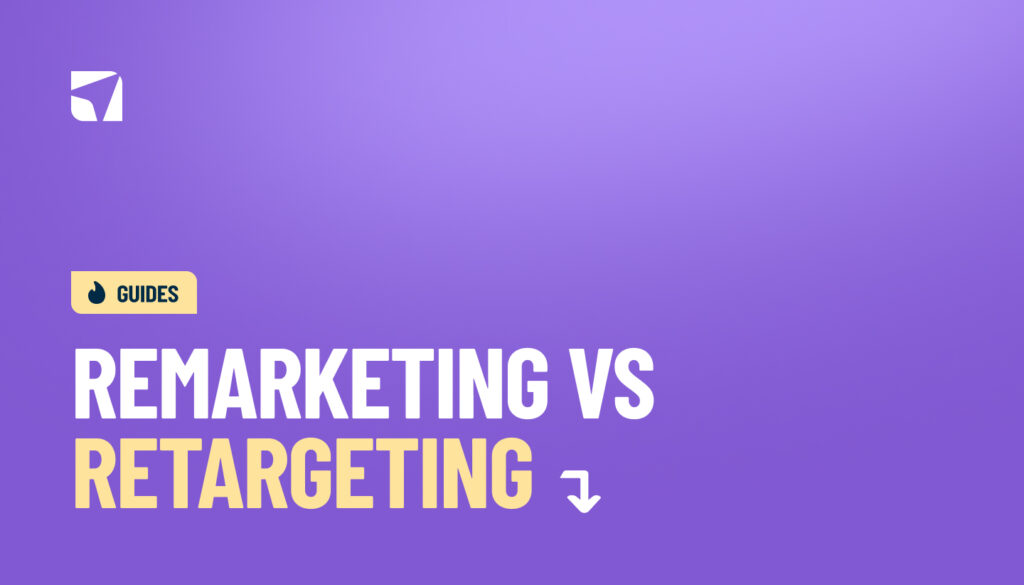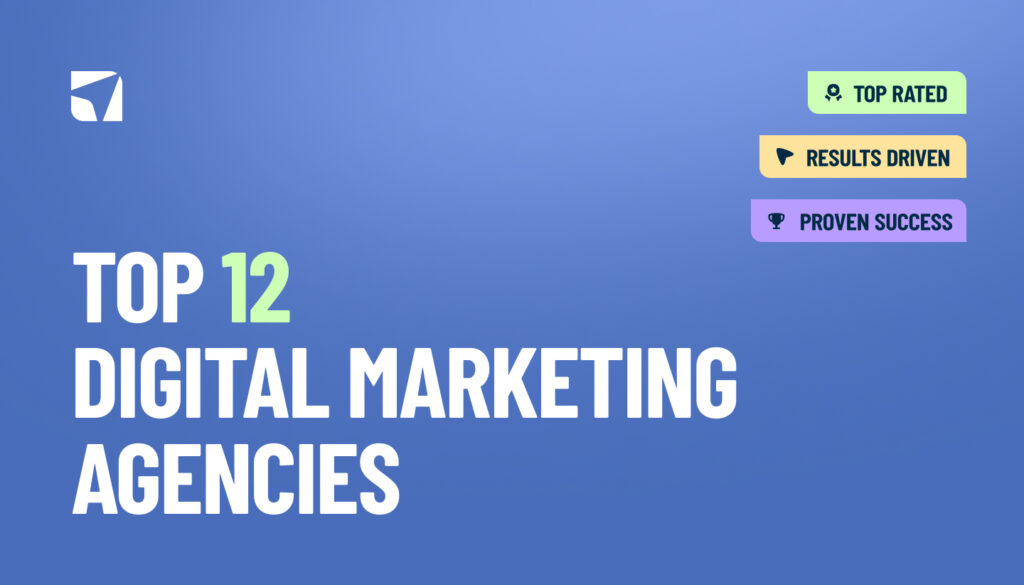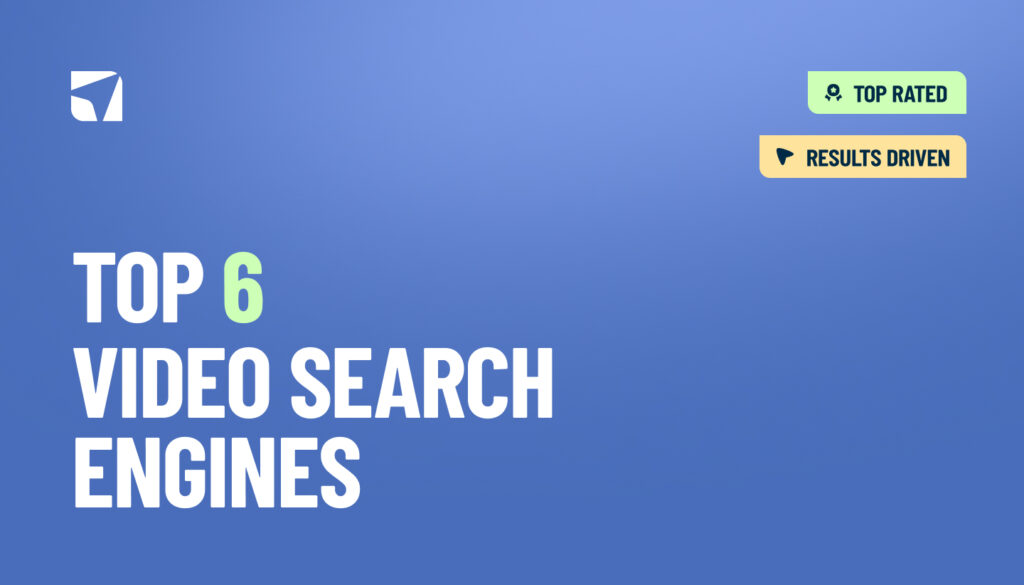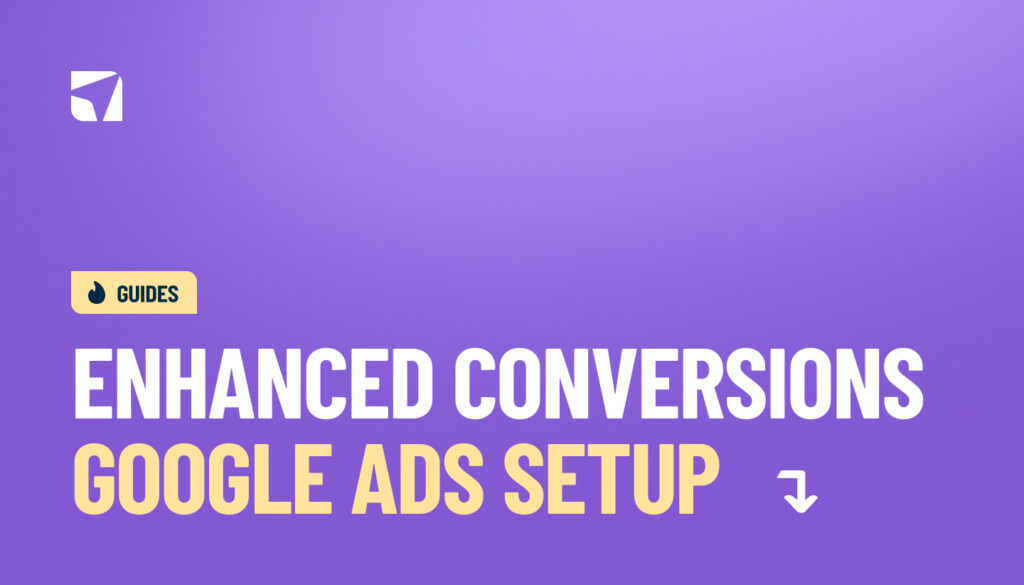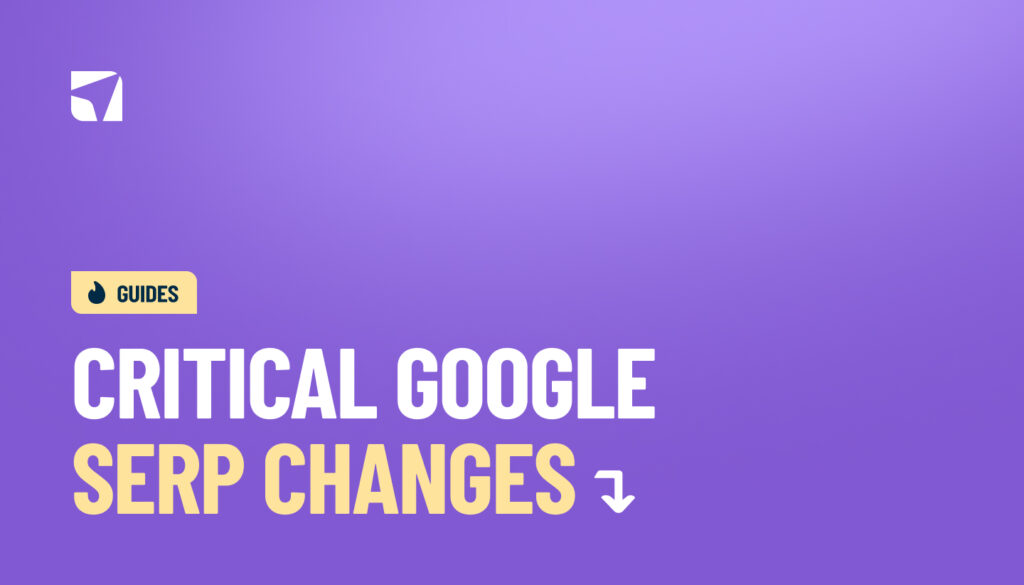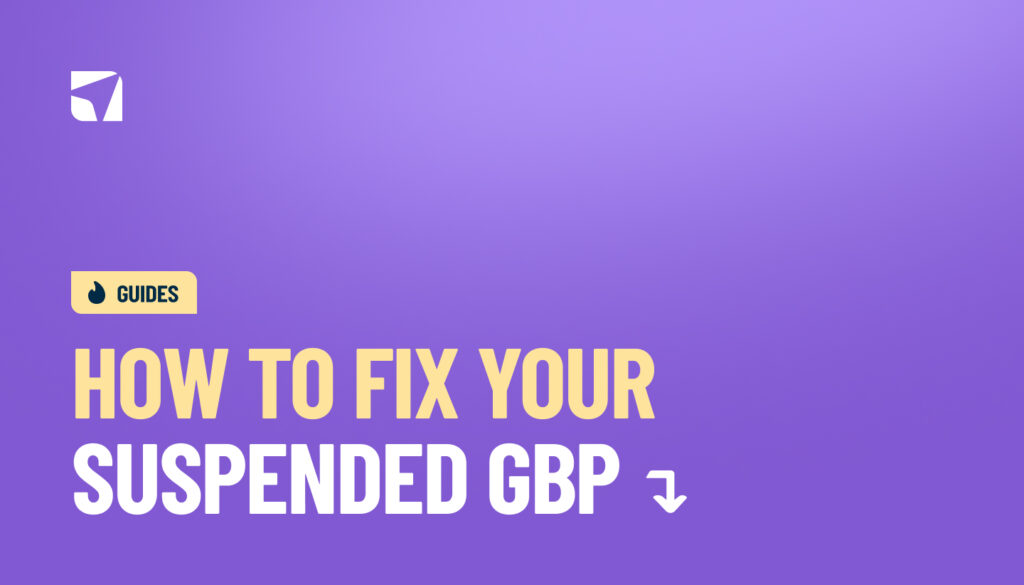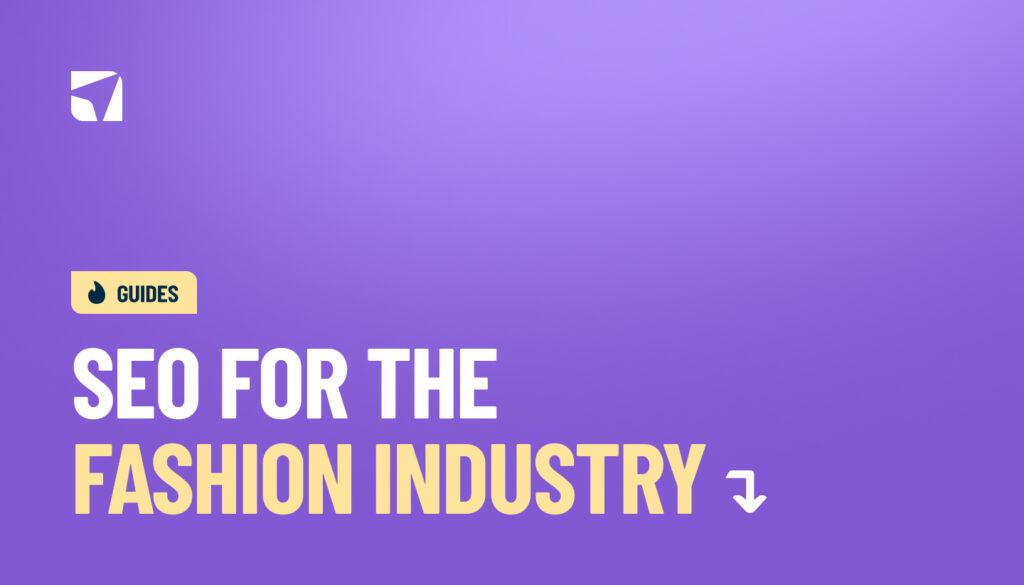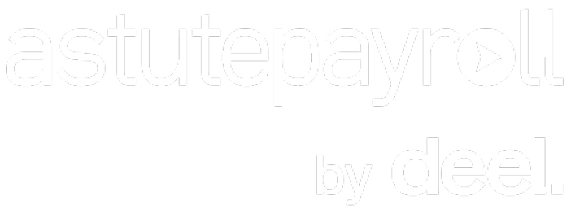That’s even more reason to focus on keeping the ones you already have, especially since acquiring new customers is far more expensive than retaining them.
And, There are two strategies that consistently outperform cold advertising campaigns.
Remarketing and retargeting.
The problem is, many marketers and businesses treat these terms as if they mean the same thing. But, they are not as interchangeable as you might think, and mixing them up can seriously limit your campaign’s effectiveness.
Each approach plays a distinct role in your marketing funnel, targeting different stages of the customer journey. So which one should your business use? The answer depends on your goals and where your audience is in the buying journey. Sounds complicated, but don’t worry, we’ll break it down, show you how each strategy works, and help you decide which one will give your campaigns the biggest impact.
• Remarketing targets known customers through owned channels (email/SMS), while retargeting uses paid ads to reach anonymous website visitors who haven’t converted • Use retargeting for immediate cart abandonment recovery and converting high-intent visitors; use remarketing for customer retention and building long-term relationships • Retargeting delivers 10x return on ad spend and makes users 70% more likely to convert, while remarketing excels at cost-effective customer lifetime value growth • The most successful strategy combines both approaches: retargeting captures interested prospects, while remarketing nurtures existing customers for repeat purchases • With third-party cookies disappearing by 2025, focus on first-party data collection and server-side tracking to future-proof your campaigns |
Why the Confusion: Remarketing vs Retargeting Explained
The marketing world has a terminology problem. Even seasoned professionals struggle to separate remarketing from retargeting, and frankly, the industry hasn’t made it any easier.
Even major platforms fuel this confusion with inconsistent language. Google Ads calls it “remarketing,” while Facebook labels the same concept “retargeting” for paid advertisements. When the industry leaders can’t agree on definitions, it’s no wonder we find ourselves scratching our heads!
Remarketing: Nurturing Existing Relationships
Remarketing targets people who already know your business. It as tending to relationships rather than fishing for new ones.
This strategy works through direct communication channels you own, like your email list, SMS subscribers, or a CRM database. These channels let you engage customers based on their previous interactions, purchase history, or preferences.
⭐Example: Your local coffee shop hasn’t seen Sarah in two weeks. Her purchase history shows she usually visits twice weekly. A remarketing campaign might send her an email offering 20% off her favourite coffee to encourage her return. |
This information comes from First-party data, information customers willingly provide. Email addresses, phone numbers, and past purchases create remarketing opportunities that cost far less than acquiring entirely new customers.
Retargeting: Reaching Anonymous Visitors
Retargeting focuses on people who showed interest but didn’t complete a desired action (making a purchase, signing up for a newsletter, or requesting more information) Maybe they browsed your website, added items to their cart, and then disappeared.
Essentially, they’ve dipped their toes in, but haven’t committed yet.
Unlike remarketing, retargeting focuses on anonymous visitors; people whose contact information you don’t yet have. That’s where technology like tracking pixels and cookies comes in.
- Tracking Pixel: A tiny, invisible image embedded on your website that “tags” a visitor when they arrive.
- Cookies: Small pieces of data stored in a visitor’s browser that track their activity across websites.
Together, these tools allow you to follow potential customers as they browse the internet. Your ads can appear on social media, other websites, or news platforms they visit later. These ads act as gentle reminders, nudging visitors back toward your site.
⭐ Example: Someone visits your online sporting goods store, looks at running shoes, adds it to their cart, but then closes the browser without buying. Later that day, while scrolling Instagram, they see an ad featuring those exact shoes (or similar). This encourages them to return and complete their purchase. |
Core Difference: Owned vs Paid Channels
Now, here’s where the distinction becomes crystal clear: how you reach your audience and the data you rely on.
Remarketing uses channels you control. This means you’re communicating directly with people who have already interacted with your brand. Examples include:
- Email lists: Addresses collected through newsletter sign-ups, account registrations, or past purchases.
- SMS databases: Phone numbers customers have opted into for text updates or promotions.
- Customer records in your CRM: Purchase history, preferences, and past interactions stored in your system.
Retargeting relies on paid advertising across external platforms. Here, you’re reaching people who may have visited your website or engaged with your brand online, but whose contact information you don’t yet have. Examples include:
- Display ad networks: Banner ads that appear on websites people visit.
- Social media platforms: Ads shown on Facebook, Instagram, LinkedIn, or TikTok.
- Third-party websites: Ads that appear across other platforms via programmatic ad networks.
In short:
- Remarketing = first-party data (explicitly shared by the customer).
- Retargeting = behavioural data (tracked anonymously through browsing habits).
Remarketing vs Retargeting in Digital Marketing
Strategically, these approaches serve different parts of the marketing funnel:
- Remarketing builds customer lifetime value through repeat purchases, cross-selling, and loyalty programs. It’s about turning one-time buyers into regulars.
- Retargeting focuses on conversion recovery; catching prospects who showed purchase intent but didn’t act. It moves interested visitors down the funnel, particularly effective for first-time acquisitions.
Despite their differences, both strategies share the same goal: bringing potential customers back. The real question is which tool fits your current business objectives and where your customers are in their journey.
Benefits of Each Strategy
- Boost Brand Recall and Engagement: Stay top-of-mind when it counts! Retargeted users are 3x more likely to engage, and repeated exposures can improve engagement by up to 400%. Every ad impression becomes a powerful reminder that keeps your brand front and centre.
- Maximise ROI and Cut Costs: Get more bang for your marketing buck. Retargeting campaigns can deliver a 10x return on ad spend and reduce acquisition costs by up to 50%. Even small businesses see real results, with noticeable conversion boosts from targeted campaigns.
- Turn Browsers Into Buyers: Remarketing and retargeting are conversion machines. Customers who see retargeted ads are 70% more likely to buy, and over half return to complete a purchase within a week. That’s turning casual visitors into loyal buyers.
- Build Stronger Customer Relationships: Personalised campaigns create loyal, repeat customers by speaking directly to past behaviours and preferences. The result? Higher lifetime value and stronger, lasting relationships.
- Make Every Interaction Count: Timing and data are everything. By combining behavioural insights, first-party data, and timely messaging, you reach the right customer at exactly the right moment, turning opportunities into results.
Data, Tools, and Technology Behind the Campaigns
The technology powering remarketing and retargeting campaigns is what makes these strategies so effective, and why each serves a different purpose in your marketing funnel. Here are some of the basics:
Cookies vs. CRM Data: The Engines Behind Each Strategy
Retargeting leans on cookies, tiny files your browser that stores to track user behaviour across websites. They capture everything from pages visited to items left in shopping carts and the time spent browsing. This allows you to follow anonymous visitors across platforms and show them relevant ads.
Remarketing, on the other hand, relies on CRM data (email addresses, purchase histories, and customer preferences). This lets you communicate directly with known contacts, which explains why remarketing often delivers higher engagement rates compared to retargeting. You’re not guessing at interests because you already know them.
Event Tracking and Audience Segmentation
The backbone of any successful campaign is smart audience segmentation. Tools like Google Tag Manager let development teams create custom tracking rules that integrate with web services.
Registration forms, surveys, and interaction data provide additional insights, helping businesses target customers with precision.
Google Analytics tracks behaviour patterns, revealing the pages users visit, time spent, and engagement actions. This data enables campaigns that are highly relevant and timely, increasing the likelihood of conversion.
Popular Tools for Remarketing and Retargeting
- Google Ads: Covers Display Network, YouTube, and search results with robust remarketing capabilities.
- Facebook Custom Audiences: Reaches users across Facebook, Instagram, and Messenger with detailed targeting.
- Mailchimp: Combines email remarketing with retargeting via integrated CRM data.
- Criteo: Specialises in personalised ads based on user behaviour and purchase intent.
These tools allow marketers to reach the right audience, at the right time, with the right message.
The Shift to Cookieless Tracking and Conversion APIs
Privacy regulations are reshaping how tracking works. Safari blocked third-party cookies in 2017, Firefox followed in 2019, and Google Chrome plans to eliminate them completely by 2025.
EnterConversion API (CAPI), a server-side solution that processes data on your servers rather than the browser. This ensures accurate tracking while maintaining user privacy compliance.
For businesses, the takeaway is clear: invest in first-party data collection now. Brands that adapt early will maintain a competitive edge as third-party cookies disappear, while continuing to run precise and effective remarketing and retargeting campaigns.
Targeting Stages in the Customer Journey
Success lies is matching your strategy to where prospects are in their buying journey. Timing is everything. What works for a customer who’s still comparing their options won’t work for someone who is ready to commit.
Top of Funnel (TOFU): Awareness Stage
At the top of the funnel, prospects are just discovering your brand. They might be reading blog posts, browsing informational content, or exploring your website. They have a question or a problem they are trying to solve.
- Strategy: Retargeting at this stage should focus on education and familiarity, not hard sales.
- Tips: Serve ads that align with the content they initially engaged with. For example, if a visitor read a blog about eco-friendly running shoes, show ads that highlight similar sustainable products or informative content.
- Goal: Build trust and brand recognition before attempting conversion.
Middle of Funnel (MOFU): Consideration Stage
Middle-of-funnel visitors have a higher purchase intent. They’re exploring specific products, comparing features, or reading product/ service descriptions.
- Strategy: Retargeting campaigns here should focus on relevant offers and social proof.
- Dynamic Retargeting: Show users the exact products they previously viewed—it significantly increases click-through rates compared to generic ads.
- Social Media Retargeting: Keep your brand visible as prospects compare options, ensuring you remain top-of-mind.
- Goal: Nurture interested visitors toward making a purchase decision.
Bottom of Funnel (BOFU): Conversion Stage
Bottom-of-funnel prospects have shown clear purchase intent. They’ve visited pricing pages, started checkout processes, or downloaded product brochures.
- Strategy: Retargeting should create urgency, using limited-time offers, exclusive discounts, or inventory warnings.
- Cart Abandonment: With abandonment rates reaching up to 98% in some industries, recovering these visitors is critical.
- Speed and Coordination: Combining display retargeting with remarketing emails within an hour of abandonment can increase recovery rates by up to 10x.
- Goal: Convert high-intent prospects into paying customers quickly.
Combining Both for Full-Funnel Coverage
The most effective approach blends remarketing and retargeting to cover every stage of the funnel.
Example:
- A visitor abandons their shopping cart on your site.
- Within minutes (or a few days), they see a retargeting ad featuring the abandoned product plus complementary items.
- They may also receive a personalised remarketing email with a limited-time discount.
This ensures consistent messaging across all touchpoints, guiding prospects seamlessly from initial interest to purchase, and even beyond. Essentially, you’re creating a full-funnel journey that maximises conversions and customer lifetime value.
Funnel Stage | Customer Behaviour | Strategy | Tactics / Examples | Goal |
Top of Funnel (TOFU) – Awareness | Browsing blog posts, informational content, “About Us” pages | Retargeting | Display ads or social media ads highlighting similar educational content they viewed | Build brand familiarity and trust without hard selling |
Middle of Funnel (MOFU) – Consideration | Comparing products, reading service details, exploring features | Retargeting | Dynamic ads showing products they viewed, social proof, and relevant offers | Keep prospects engaged, nurture purchase intent, increase click-throughs |
Bottom of Funnel (BOFU) – Conversion | Visiting pricing pages, starting checkout, downloading product info | Retargeting + Remarketing | Limited-time offers, exclusive discounts, cart abandonment emails, display ads showing abandoned products | Drive conversions and recover abandoned carts quickly |
Full-Funnel Coverage | All stages | Combined Remarketing & Retargeting | Retargeting ads followed by personalised emails, coordinated across platforms | Seamless customer journey, maximise conversions and lifetime value |
Use Cases for Remarketing vs Retargeting
Specific remarketing and retargeting tactics work best at different touchpoints in the customer journey. Here’s how to leverage each strategy effectively:
Cart Abandonment Recovery with Retargeting
Cart abandonment rates can reach up to 98% in some industries…a huge missed opportunity. Retargeting allows you to reconnect with these visitors by creating urgency and addressing the reasons they hesitated in the first place.
- Timing is critical: Launch retargeting campaigns within one hour of abandonment. Quick responses can increase recovery rates tenfold compared to delayed campaigns.
- Messaging tips: Highlight limited-time discounts, stock availability, or product benefits to gently nudge visitors back to complete their purchase.
Win-Back Campaigns Using Remarketing
Lost customers don’t have to stay lost. Around 12% of churned subscribers (customers who have cancelled their subscriptions or did not renew them) reactivate within a year, but only if approached correctly.
- Segment your audience: Tailor messages based on why customers left. For example, billing errors, cost, accessibility or features etc. Addressing this directly resonates far better than generic “we miss you” emails.
- Result: Personalised win-back campaigns outperform broad appeals, re-engaging dormant customers.
Upselling and Cross-Selling
Your current customers are goldmines for increasing lifetime value. Remarketing and retargeting let you suggest products or services based on purchase history and browsing behaviour.
- Alignment with journey stage: Match offers to where customers are in their journey, awareness, consideration, or decision.
o Awareness stage: Introduce complementary products gently, focusing on education or inspiration. Example: “Learn how these accessories enhance your device experience.”
o Consideration stage: Highlight products or services that directly relate to their interests or previous purchases. Example: “Customers who bought this also loved…”
o Decision stage: Provide targeted offers, bundles, or discounts that make purchasing additional items an easy choice. Example: “Add a screen protector to your order today and get 15% off.”
- Outcome: Targeted cross-selling and upselling are significantly more effective than random product suggestions. They not only increase the average order value (AOV) but also enhance the overall customer experience by showing that you understand your customers’ needs. Customers feel that the brand is helping them make better choices, rather than just pushing extra products, which strengthens loyalty and long-term engagement.
💡 Pro tip: Use dynamic retargeting ads to show customers the exact products they’ve previously viewed or purchased. Combine this with personalised emails or SMS campaigns for maximum impact. Tracking performance metrics like conversion rates, click-through rates, and incremental revenue per campaign helps refine your upselling and cross-selling strategies over time. |
Re-Engaging High-Intent Visitors
Not all website visitors are created equal. Some prospects are far closer to making a purchase than others. Those who have viewed pricing pages, started checkout processes, or downloaded product guides demonstrate high purchase intent. These visitors have shown clear interest in your products or services, meaning they’re much more likely to convert.
Why these visitors matter:
- They’ve already invested time in researching your brand, so your job isn’t to convince them you exist, it’s to nudge them over the finish line.
- Ignoring these high-intent prospects is costly. They’re low-hanging fruit for conversions and revenue.
Tactics for re-engagement:
- Retargeting ads: Retargeting campaigns that provide relevant information, build trust, and create urgency can turn these prospects into paying customers quickly, making them some of the most valuable targets for your marketing efforts.
- ROI calculators or product value tools: Help prospects visualise the benefits or cost savings of your product/service.
- Limited-time offers or exclusive discounts: Create urgency without being pushy, giving prospects a reason to act now.
B2B-specific strategies:
- High-intent B2B visitors often involve multiple stakeholders in the buying decision.
- Tailor messaging to each role, decision-makers, end-users, or procurement officers, to address their unique concerns. For example, an operations manager may care about efficiency gains, while a CFO focuses on ROI.
- This personalised approach increases the likelihood of converting complex B2B leads.
Dynamic Ads vs. Personalised Emails
Dynamic retargeting automatically shows visitors the exact products or services they previously viewed on your website. Unlike static ads, which display the same creative to everyone, dynamic ads are personalised based on user behaviour.
How it works: Cookies or tracking pixels capture what visitors looked at, then generate ad creatives featuring those items automatically across display networks, social media, or other platforms.
- Increases relevance by reminding visitors of products they’re genuinely interested in.
- Can double engagement compared to generic static ads because the content is tailored to each user.
- Great for recovery campaigns, like abandoned carts, or for nudging consideration-stage visitors back toward purchase.
Personalised emails take a deeper approach, leveraging first-party data to deliver highly targeted messages directly to known contacts.
How it works: Use customer purchase history, browsing behaviour, and demographic data to craft emails that feel personal and relevant.
- Allows for richer storytelling, building brand connection and trust.
- Supports exclusive offers, VIP appreciation, or loyalty rewards—for example, 51% of shoppers respond positively to personalised VIP emails.
- Can include product recommendations, discounts, and calls-to-action that are tailored to the recipient’s previous interactions.
- Works particularly well for nurturing long-term relationships and boosting lifetime value.
Timing Strategies for Each Approach
Getting your timing right is crucial for both remarketing and retargeting campaigns. Poorly timed messaging can lead to ad fatigue, disengagement, or even negative brand perception, while well-coordinated campaigns keep prospects engaged and moving smoothly through the funnel.
Frequency Management
Showing the same ad too many times can annoy potential customers, leading to diminishing returns or even negative impressions.
- Best practice: Cap retargeting impressions at 3–5 per week per user.
- Why it works: This balance keeps your brand visible without overwhelming prospects.
- Example: If a visitor abandons their cart, they might see a retargeting ad a few times over the course of the week, but not so frequently that it becomes intrusive.
Sequential Remarketing
Sequential remarketing delivers progressive messaging tailored to where a prospect is in their buying journey. Instead of repeating the same message, you guide them through a series of touchpoints that move them from awareness to consideration and finally to purchase.
- TOFU visitors receive educational or inspirational content.
- MOFU visitors see messages showcasing product benefits, social proof, or comparisons.
- BOFU visitors receive offers, discounts, or limited-time incentives.
This creates a natural flow that builds familiarity, trust, and urgency without feeling pushy.
⭐ Example: A visitor first sees a blog-related ad, then a product comparison ad, and finally a checkout discount ad. |
Cross-Platform Coordination
But, prospects don’t spend all their time in one place. They move across social media, search engines, websites, and even apps. Coordinating your campaigns across these platforms ensures your brand stays top-of-mind at every touchpoint.
How it works: Use retargeting and remarketing across display networks, Facebook, Instagram, Google search ads, and email/SMS campaigns.
⭐ Example: A prospect sees a dynamic retargeting ad on Instagram, then receives a personalised email later that day highlighting a special offer, reinforcing the same message across channels. |
Performance Metrics and Optimisation Tips
You’ve got your campaign, but how do you know it’s actually working? The real secret lies in tracking the right metrics, understanding your audience, and continuously refining your approach.
Key KPIs: Click-Through Rate, Conversion Rate, and Bounce Rate
To know if your campaign is working, you need to track the right numbers.
- Click-through rate (CTR) measures how compelling your ads are. Basically, are people actually clicking? Remarketing campaigns typically see CTRs between 0.5–2%, which may seem small, but when combined with high-quality targeting, those clicks are much more likely to convert.
- Conversion rate is the real magic number. Users who see retargeted ads are up to 70% more likely to buy than first-time visitors. That’s huge when you consider how difficult it is to capture new customers.
- Meanwhile, bounce rate, the percentage of visitors who leave without interacting, averaging around 44% across industries, tells you whether your content is hitting the mark or if it’s time for a refresh.
⭐ Example: If a visitor clicks your retargeted ad for running shoes but leaves the site immediately, a high bounce rate signals your landing page might need a stronger CTA or more engaging product info.
Budget Allocation and ROI Tracking
Smart budgeting is essential. Most brand will allocate 10–20% of their ad spend to retargeting.
Tracking ROI requires consistent use of UTM parameters (Urchin Tracking Module parameters, small pieces of text you add to the end of a URL to track the performance of campaigns in analytics platforms like Google Analytics) across all platforms.
For example: https://www.example.com/product?utm_source=facebook&utm_medium=cpc&utm_campaign=spring_sale |
Here’s what each part means:
|
UTM parameters let you measure ROI, optimise campaigns, and see which channels or ads are driving results, instead of guessing. For example, you can compare email campaigns versus paid social ads and see exactly which is generating conversions. A healthy Return on Ad Spend (ROAS) usually sits between 3:1 and 5:1, but with well-targeted campaigns, it can soar even higher.
A/B Testing Creatives and Messaging
Optimisation thrives on experimentation, and A/B testing is your secret weapon. The idea is simple: instead of guessing what works, you test different versions of your ads or content to see which performs better.
The idea is to change only one element at a time. This could be a headline, an image, a call-to-action (CTA), or even a specific audience segment. By isolating a single variable, you can clearly identify what is driving engagement and conversions.
To ensure statistically meaningful results:
- At least 100 conversions per variant – This ensures enough data to see meaningful differences between versions.
- 1,000+ impressions per variant – Your test needs sufficient exposure to accurately measure performance.
- Test for 7–14 days – Audience behaviour can fluctuate day-to-day, so giving your test time captures a more complete picture.
⭐Example: Imagine you’re running ads for a yoga mat. You create two versions: one with a bright red CTA button saying “Buy Now” and another saying “Shop the Collection.” Both ads are shown to the same audience over 10 days. When the test ends, you discover that “Shop the Collection” drives more clicks and higher conversions than “Buy Now.” That version becomes the winner, and you can confidently scale it across your campaigns. |
But, A/B testing isn’t just for ads. You can use it for email subject lines, landing page layouts, product descriptions, or even social media posts. The more you experiment and measure, the better you can optimise your campaigns, turning guesses into data-driven decisions that drive results.
Using CDPs and Analytics Tools
Customer Data Platforms (CDPs) are game-changers. At their core, CDPs collect, unify, and organise customer data from multiple sources to give you a complete view of each individual so you can better understand their behaviours, preferences, and past interactions with your brand.
CDPs merge first-party data with behavioural insights such as pages visited, products browsed, or time spent on certain content. By combining these data points, you get rich, detailed customer profiles that can power highly targeted and relevant marketing campaigns.
Platforms like Adobe Real-Time CDP, Salesforce CDP, or Mailchimp allow marketers to take this information and deliver personalised messages at exactly the right time. Whether it’s an email, SMS, or targeted ad, the content feels relevant because it’s based on what the customer actually wants or needs.
The outcome is higher engagement, increased conversion rates, and greater customer lifetime value. By leveraging CDPs, businesses can move from guessing what customers might want to delivering campaigns that truly resonate, making every marketing interaction more effective.
Frequency Capping and Timing
Even the best ads can backfire if overused. Frequency capping (limiting impressions to 3–5 per week) prevents ad fatigue while keeping your brand visible.
Timing is equally important. Test which days and hours your audience engages most. Sequential messaging across platforms like display, social, email ensures your prospect sees a consistent story without feeling spammed.
Turning Visitors into Loyal Customers
Here’s the thing: knowing the difference between remarketing and retargeting is essential to levelling up your digital marketing game. Remarketing keeps existing customers engaged, while retargeting turns “maybe later” visitors into buyers.
But the best brands don’t pick sides. They use both.
Of course, it’s not magic; you need smart data, proper audience segmentation, and constant tweaking to make these campaigns hit their peak.
At Digital Nomads HQ, we help Australian businesses like yours harness the full power of remarketing and retargeting. Don’t leave conversions on the table, let’s turn browsers into loyal buyers.Social media marketing,Google Ads, andconversion rate optimisation strategies that actually deliver results.
